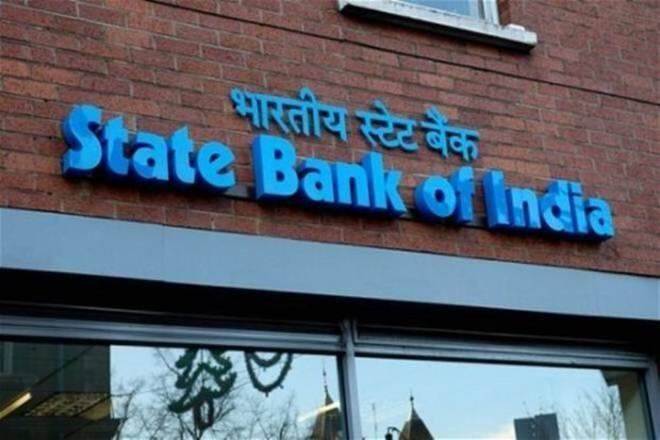Impressive Q1 sales spend was down 37% y-o-y, even as spend in June returned to 75% of the pre-Covid-19 level. Total income (net interest income plus non-interest income) declined by 4% y-o-y. Control of opex (down 15% y-o-y) led to operating profit growth of 9% y-o-y. Credit costs recovered to 8.7% (annualised) from 14.3% in 4Q20. Thus, with lower tax rate (26% in 1QFY21 vs 35% y-o-y), PAT was up 14% y-o-y (RoE of 28%).
In June 2020, daily average card spend in the retail and corporate segments reached 81% and 55% of pre-Covid-19 levels, respectively. Online spend in non-travel categories (up 21-23% vs the pre-Covid-19 level) are driving the recovery. Spend on cards, down 37% y-oy, dragged loan book growth to 10% y-o-y (vs 30% y-o-y at end-4Q20). Share of revolver loans increased from 38% (pre-Covid) to 45% (albeit down from 49% in April-May). Thus, higher interest yields and lower cost of funds (6.6%), led to NIM expansion (up 260bp q-o-q to 19.2%). Further control of opex (down 15% y-o-y) offset lower fee income (down 38% y-o-y), leading to cost-to-income of 47% (54% in 1Q20).
Compared to the first round of the automatic moratorium (March-May), loans under the second round of the moratorium fell to c6% of loans (from 32% at end-May). In 1Q, gross NPAs were down 66bp q-o-q to 135bp, benefitting from a pause on asset classification as per RBI guidelines. Additional provisions for COVID-19 were unchanged q-o-q at 2.1 % of loans.
High share of salaried customers (c85%), the role of credit data bureaus/credit scores for retail customers, and an extensive collection infrastructure are key positives in the current environment. Moreover, the shift towards online spends and cash-to-digital economy bode well for the long-term outlook, in our view. We forecast a FY21e-23e average RoE of 27%, with spend and receivables CAGRs of 26-27% (FY23e-24e) beyond a dip in FY21e. 4-26%. Lowering of credit cost (13% to 9%) drive a 103% increase in our FY21e PAT estimate, while our FY22e-23e PAT estimates (-1/+1%) are broadly unchanged. Our new TP of INR825 (from INR720) implies 37x 1-yr fwd EPS (8.9x 1-yr fwd BV). We see portfolio quality and normalisation of spending over the medium term as key catalysts.


